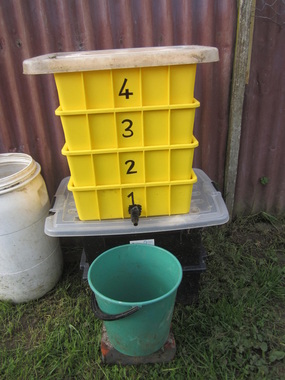
Materials:
- Four stacking bins - these bins need to stack in such a way that the bottom of one bin will sit just on the surface of material in the bin below when it is full. I purchased these four bins, which were on special at Hammer Hardware this month for $5.99 each. You can also find them at the Warehouse, or use larger black bins from the Warehouse for about $8 each.
- A small piece of hose, or a plastic tap fitting (optional). Either will work - inserted into a hole you make in the bottom bin to drain off liquid into a container. The plastic tap cost $4.75
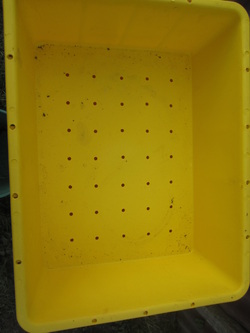
- Number the bins 1,2,3,4 (optional)
- In bin 1 (bottom bin), drill a hole near the bottom of one side, and insert hose or tap to act as drain. Do not put any other holes in this bin.
- In the bottom of bins 2, 3 and 4, drill a large number of holes. These holes should be slightly larger than the diameter of a large tiger worm - we used a 7mm drill bit because that was what was handy.
- Stack the bins one on top of the other, and stand on some bricks or similar to elevate it enough to place a container under the drain.
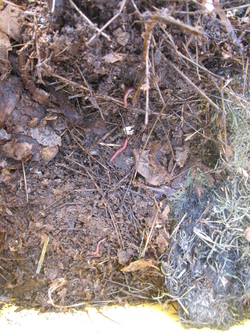
- You start using the worm farm one bin at a time. Begin with Bin 2. Place some suitable bedding material in the bottom of the bin - finely shredded newspaper, old hay or straw or even a small amount of soil.
- Add about a cup full of tiger worms to get started. Ask a friend with worms to donate you some, or they can be purchased. Do not use ordinary earthworms - they are not suited to worm farms.
- Feed your worms regularly - little and often. They do not like citrus or onions, and meat or dairy is not recommended as it will attract dogs, cats and rodents, who will destroy your worm farm. Otherwise pretty much anything that was once alive can go into your worm farm - grass clippings and manure are excellent. I also add tea bags, vege peelings (I often whizz these first with a little water in my food processor - the worms can use it faster this way), finely crushed egg shells, shredded paper and so forth.
- Place a layer of paper, cardboard, sacking or carpet on top of the bin in use, to keep it moist and dark, just how worms like it.
- You can cover the whole bin, but there is really no need - the empty top bins will act as lids for now, the worms cannot drown so long as the drain is open. I place an old brick in the top bin to keep them all anchored down in the wind. However, if heavy rain is likely, I usually do cover the bins with a plastic lid.
- Once Bin 2 is full, start adding food to Bin 3 only. The worms in Bin 2 will slowly work their way up into Bin 3 all by themselves.
- Continue until Bin 3 is full, and then begin the process with Bin 4. At this time, take Bin 2 out of the pile, and it place it right on top, uncovered, so it is getting sun shining into the bin. Any remaining worms will migrate down into Bin 4 away from the light and towards the food, and then you will be left with a lovely, clean bin full of vermicast!
Avoid releasing tiger worms into your vege garden. They will not do well there, as they like to be in close confines for breeding. Also, one commercial worm farmer told me they will eat the roots of your veges, as they are voracious eaters and always looking for fresh organic material.
Ensure your worm bin does not get too hot or too cold, too dry or too wet. Contents should be moist but not sopping - if too wet, check drainage and add more dry bedding - newspapers, straw etc. If too dry, wet it down. I position my worm farm in a warm, sunny spot in winter, and a shady spot in summer. Worms like it warm but not hot, and don't like too much light. Beware black bins in the summer sun - you don't want to cook your worms!
Don't add more food than they can consume - start slow, and as numbers build up (which happens rapidly!) feed more. I check the bin a couple of times a week, and add more food when what was there is mostly gone. They will also slow down in the cooler months, so feed less then.
I have had zero problems with worms escaping or drowning in the bottom bin, unlike with a regular purchased worm bin set up (I have one of those too, leant to me to get started last year). I think it is because if a worm sticks it's head down through the holes in the bottom worm bin, it encounters nothing but air, and so doesn't bother to crawl downwards. With the regular bins, there is a hole-filled tray that sits between the worm bin and the water-catchment bin, and worms were forever crawling between the two and then falling into the water. Plus the liquid is not sitting in the bottom bin, but draining off, so there is no food/manure-smelling liquid to attract them downwards. At least that is my experience with it so far.
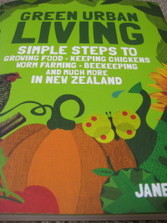
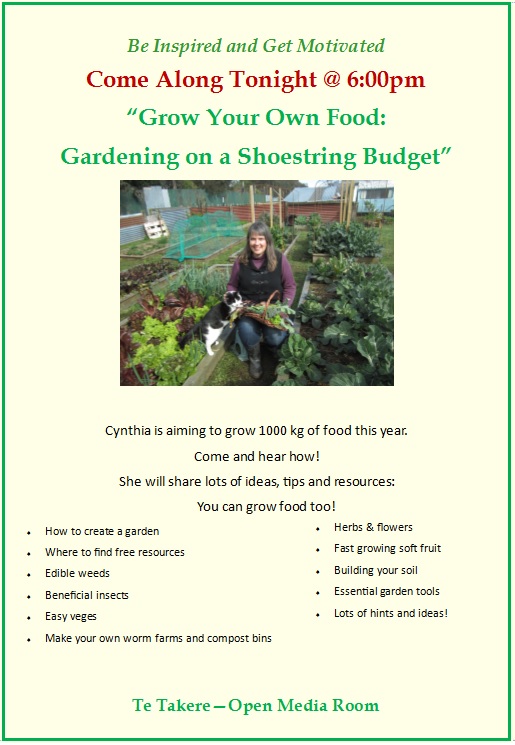
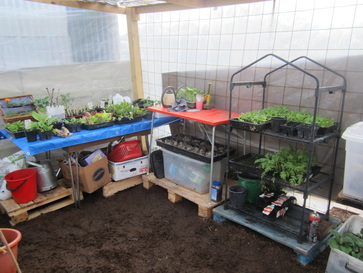
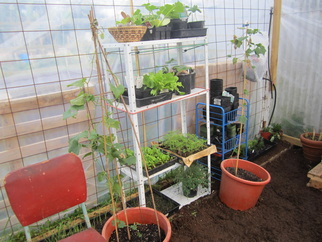
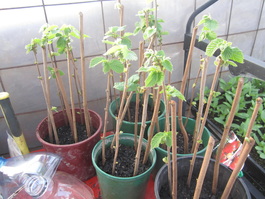
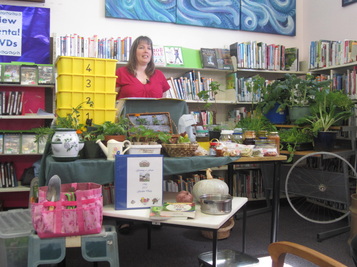
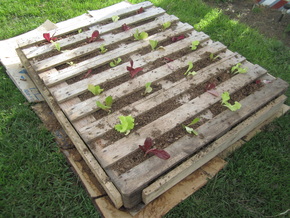
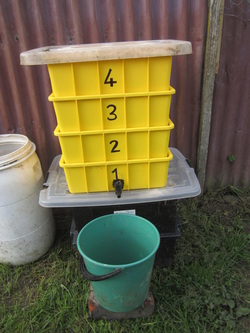
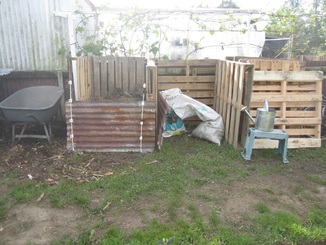
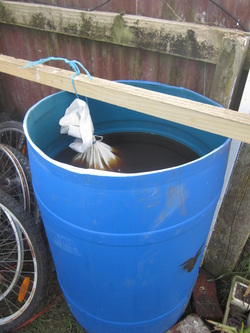
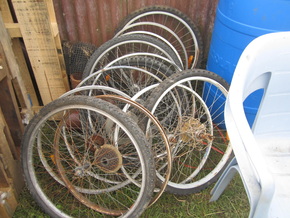
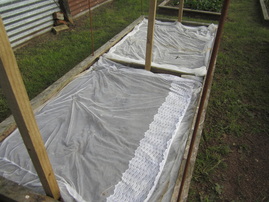
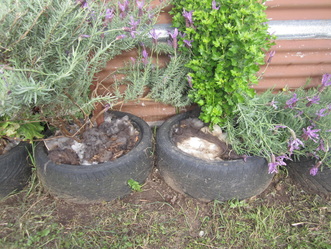
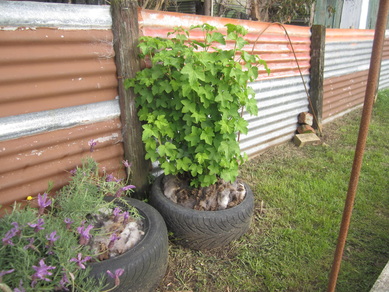

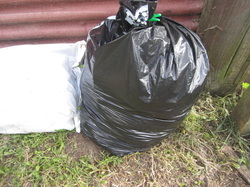
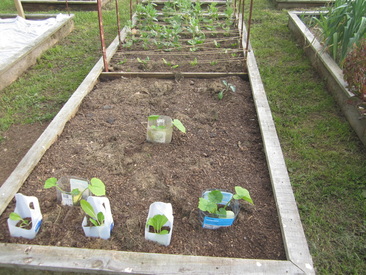
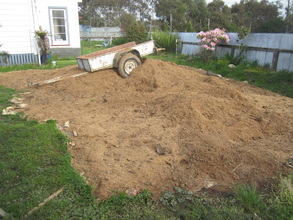
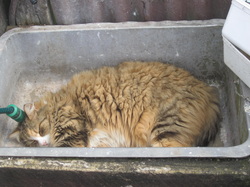
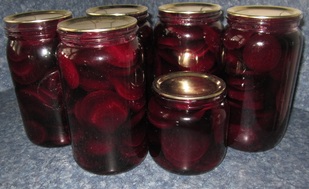
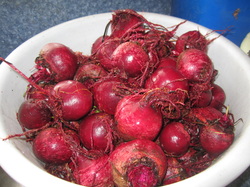
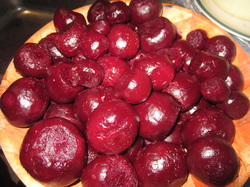


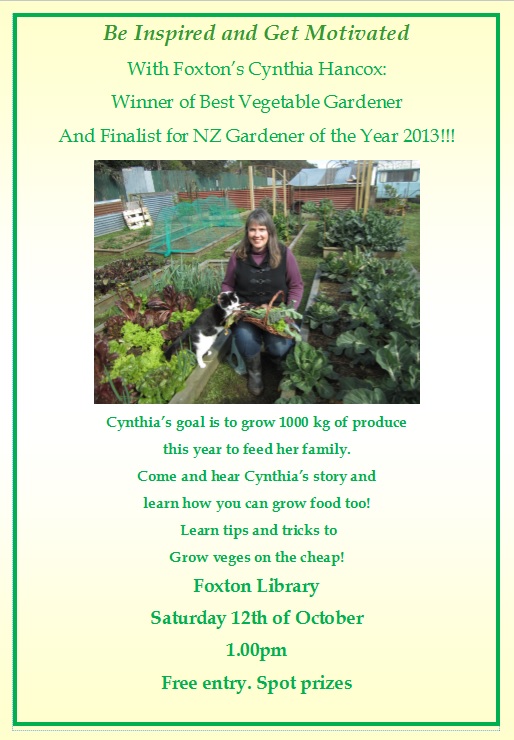
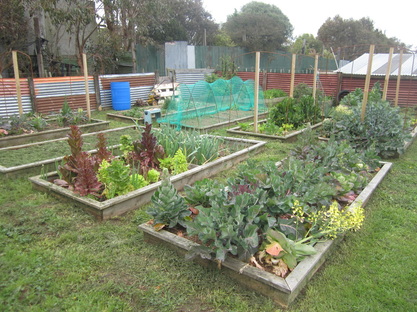
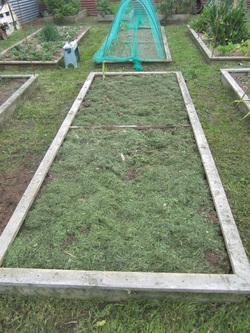
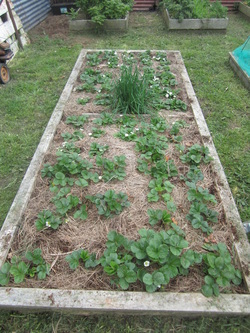
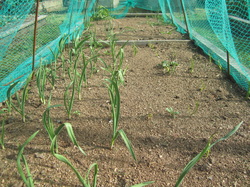
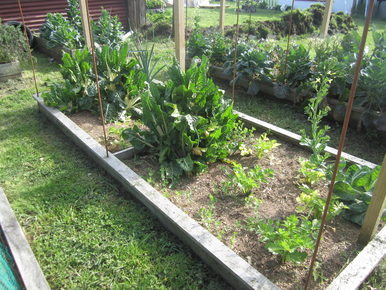
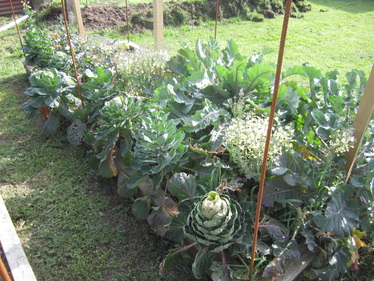
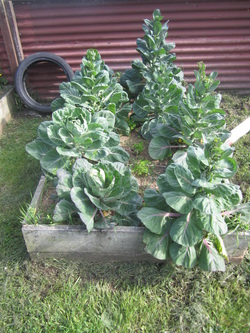
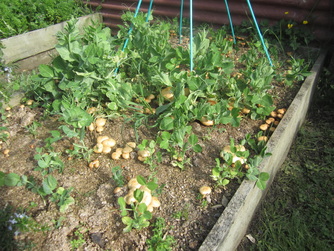
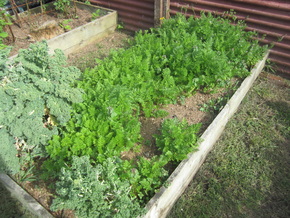
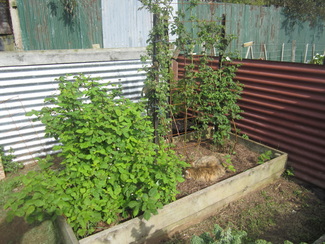
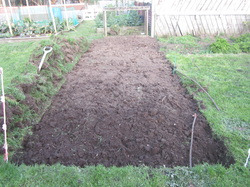
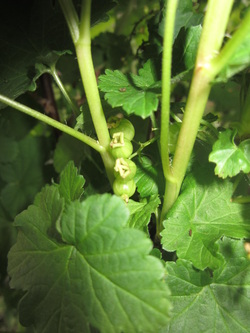
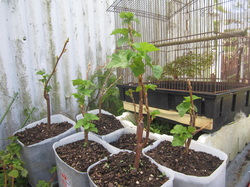
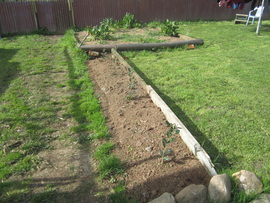
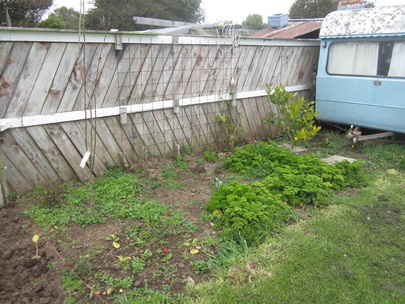
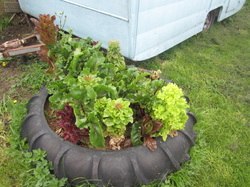
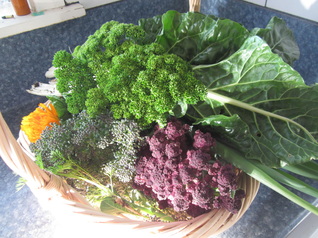
 RSS Feed
RSS Feed
